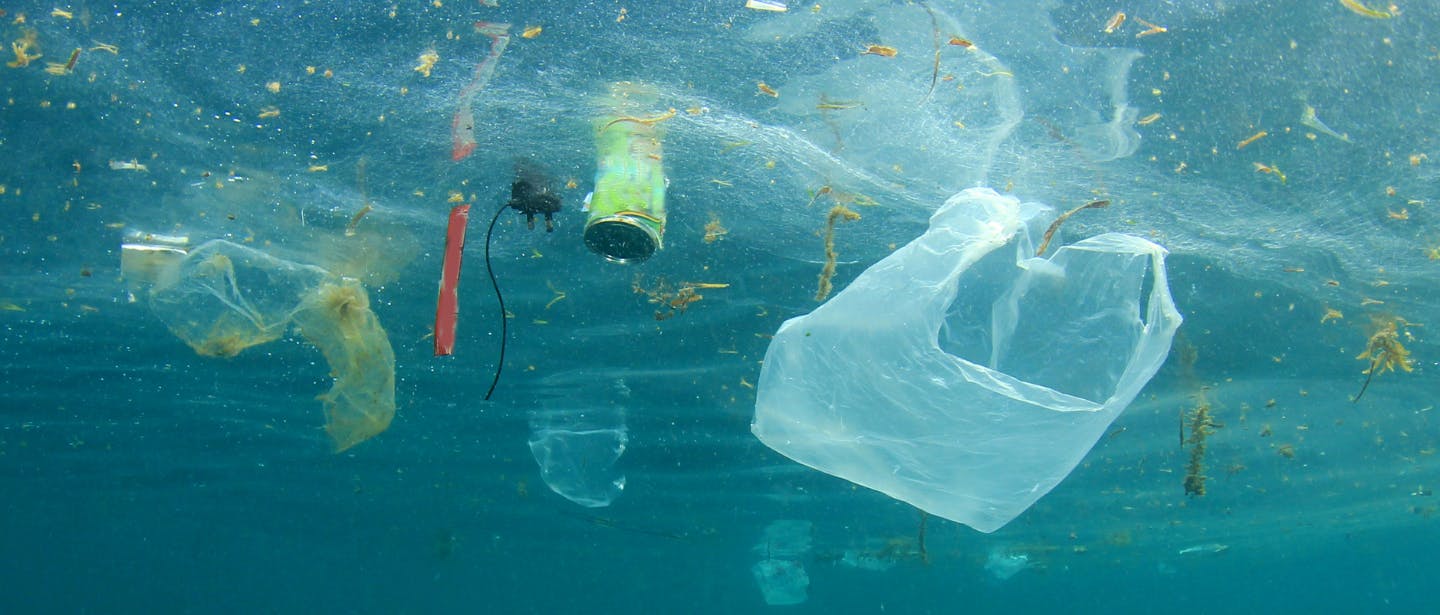The dangers and risks of plastic are already well-known, but what about when plastic breaks down into microplastics or even nanoplastics? In this article, we will explain what microplastics are and the consequences of these tiny particles ending up in the environment.
What are micro- and nanoplastics?
Plastic that is not processed after use and ends up in the environment will eventually break down. This can take years, sometimes even decades. The plastic breaks down into small particles known as microplastics. Any piece of plastic smaller than half a centimeter is considered a microplastic. However, the pieces are often so small that they are no longer visible to the human eye. Nanoplastics are even smaller and can hardly be seen even under a microscope. While it is clear that microplastics are harmful to the environment, many people are not aware that they can also be harmful to humans.

Microplastics in cosmetics
In the past, microbeads (intentionally added solid microplastics) were sometimes added to products by manufacturers. These small plastic particles were used in products for exfoliation or scrubbing, with the tiny beads rubbing against the skin or teeth. This mild abrasion had a cleansing effect, stimulated blood circulation, and made the skin feel softer. However, microbeads have now been phased out, and natural alternatives such as pits, sand, bamboo, or natural compounds are used instead.
In contrast to microbeads, microplastics are still used in the cosmetics industry as an essential ingredient in many cosmetic products. In mascara, for example, it ensures that the mascara adheres to the eyelashes, and in sunscreen, it has a water-repellent function.
Microplastics in the ocean
Plastic litter can end up in the ocean in various ways. It can be directly thrown into the ocean or indirectly enter through animals or the wind. Over time, the plastic in the ocean breaks down further, and smaller particles are formed. Eventually, billions of microplastics float around in the ocean, which are harmful to animals. Fish, for example, eat these particles or ingest them through their gills.
Not only do marine animals eat small pieces of plastic, but they also become entangled in it or even suffocate because they cannot reach the water's surface. Plastic is full of bacteria and chemical substances, causing coral reefs to become sick and die. Below are some percentages that illustrate the consequences of microplastics in the ocean:
- The likelihood of a coral reef becoming sick has increased from 4% to 89% since 2018
- An estimated 12 to 24 million kilograms of plastic is consumed by fish every year
- 100% of all sea turtles have plastic in their stomachs, as well as 59% of all whales, 36% of all seals, and 40% of all seabirds
- Many animals eat microplastics, but fortunately, most do not suffer immediate deadly consequences. So far, no species are threatened with extinction due to a plastic diet.
The coral of the story
What becomes clear from these figures and observations is that the consequences of microplastics are enormously harmful. There needs to be a quick change in the plastic industry to keep coral reefs and animals alive. Consumers are also to blame for plastic in the ocean, so sort your waste and prevent more litter. Fortunately, there are now many alternatives to plastic, such as bamboo, cardboard, paper, sugarcane, etc. Are you looking for environmentally friendly disposables? Check out our range and shop our paper bags, snack boxes, or chip trays, for example.
